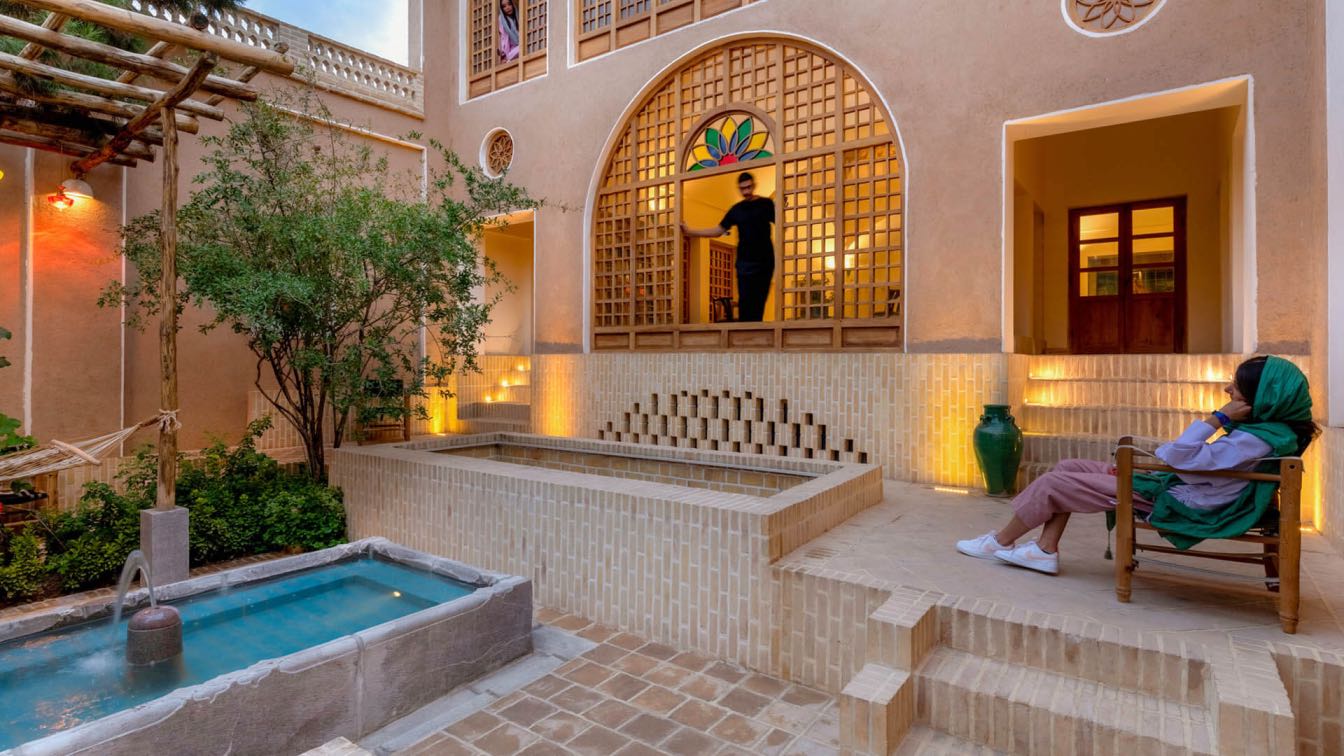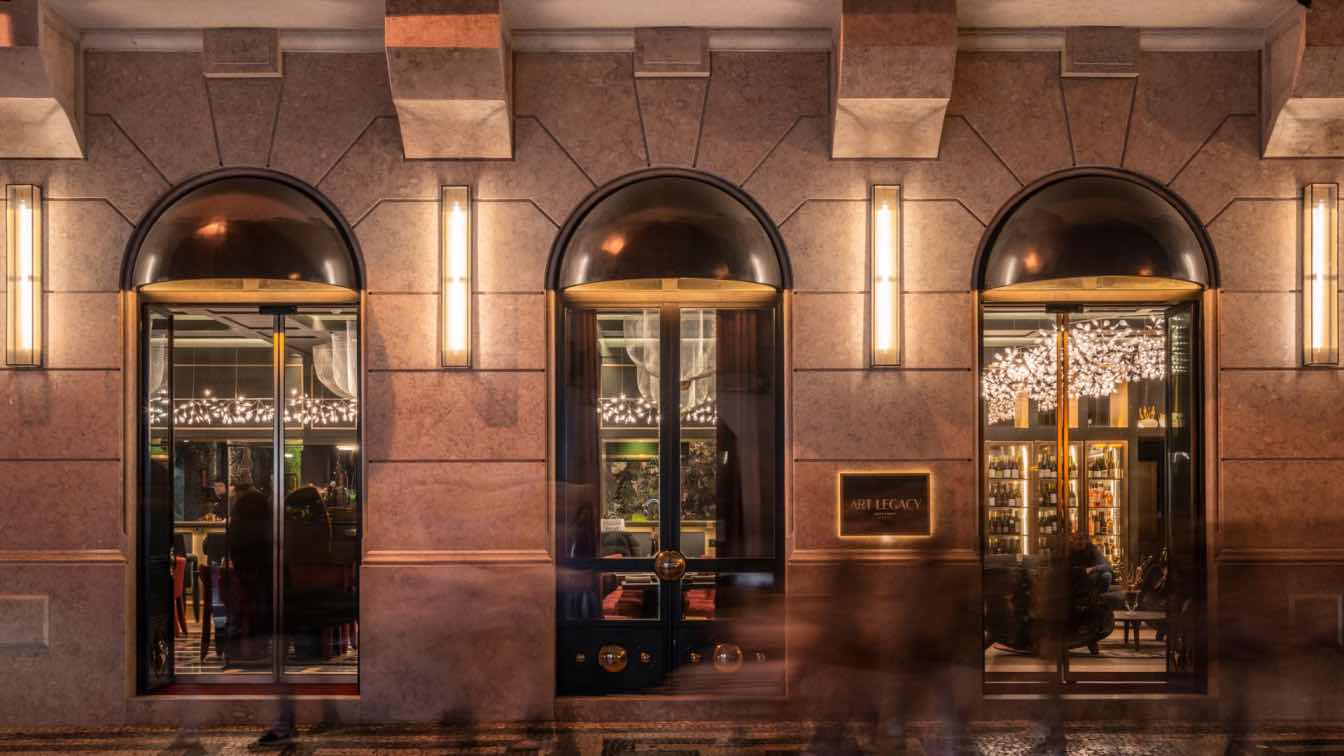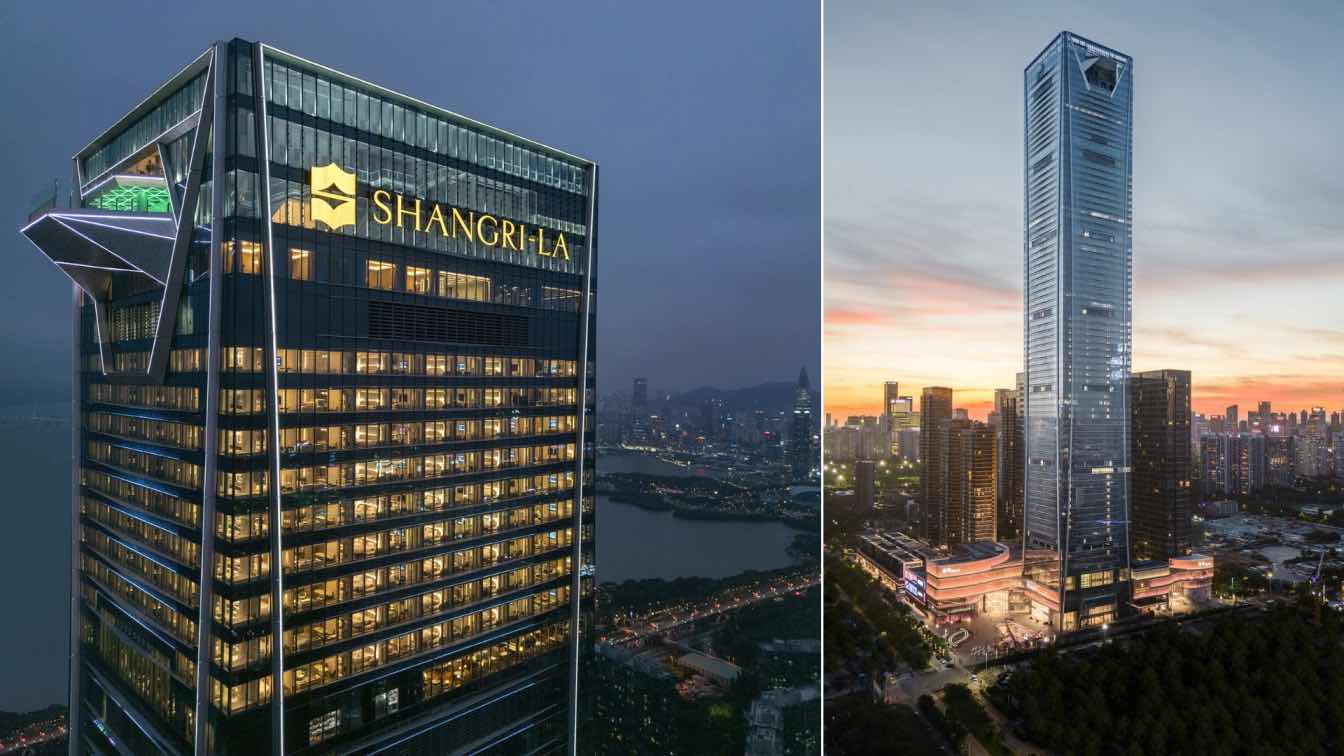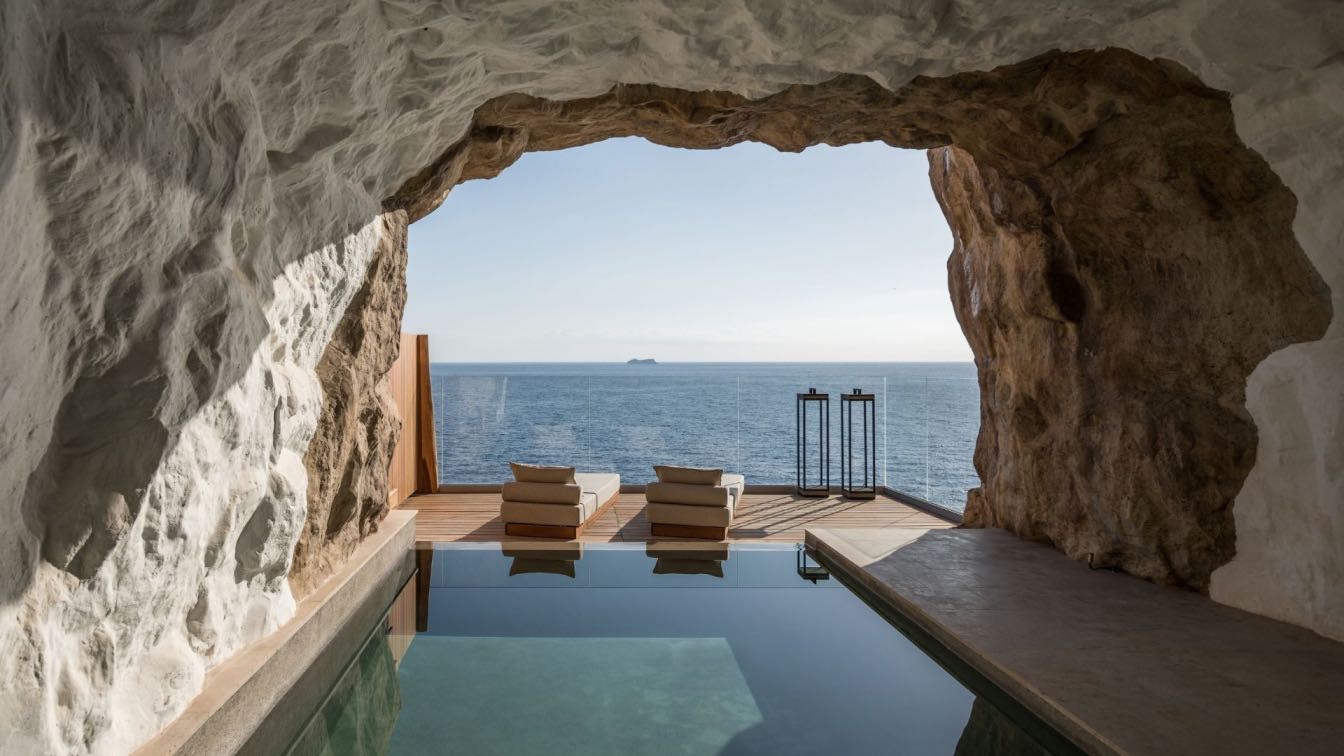The Iranian architecture practice Polsheer Architects led by Mohamadreza Ghaneei, Ardesheer Ghaneei and Nariman Pirasteh have recently completed Dalan Jahan Boutique Hotel located in Naqsh-e Jahan Square, Sadat Alley, Isfahan, Iran.
Architect's statement: The special location of this project in the oldest roofed alley of Isfahan and next to Naghsh Jahan Square, has created special conditions for this building. The building, which was going through a period of decline, was identified by our consultant after about 10 years of being abandoned, and after receiving the participation of several friends of heritage, it has been revived today and it is one of the most attractive places in the south of Naghsh-e Jahan Square.
This house is located at the end of the Sadat roofed passage (one of the first roofed alleys in Isfahan, which is completely formed under the surrounding houses and is 300 meters long). The interesting typology of this passage and also the proximity to Naghsh Jahan Square has made the yard and roof of this house very unique, and due to the lack of high-rise houses in the immediate area, a very special view has been created for the building. A part of this house is heritage and another part is is newly built. The lack of car access to this building created specific administrative issues for the building. One of the most important limitations we faced in designing this building was the destruction of the main part of the building in the past and the construction of a concrete structure in the middle of the mansion. This created a great heterogeneity between the original building and its historical, formal and communicative features.























































































